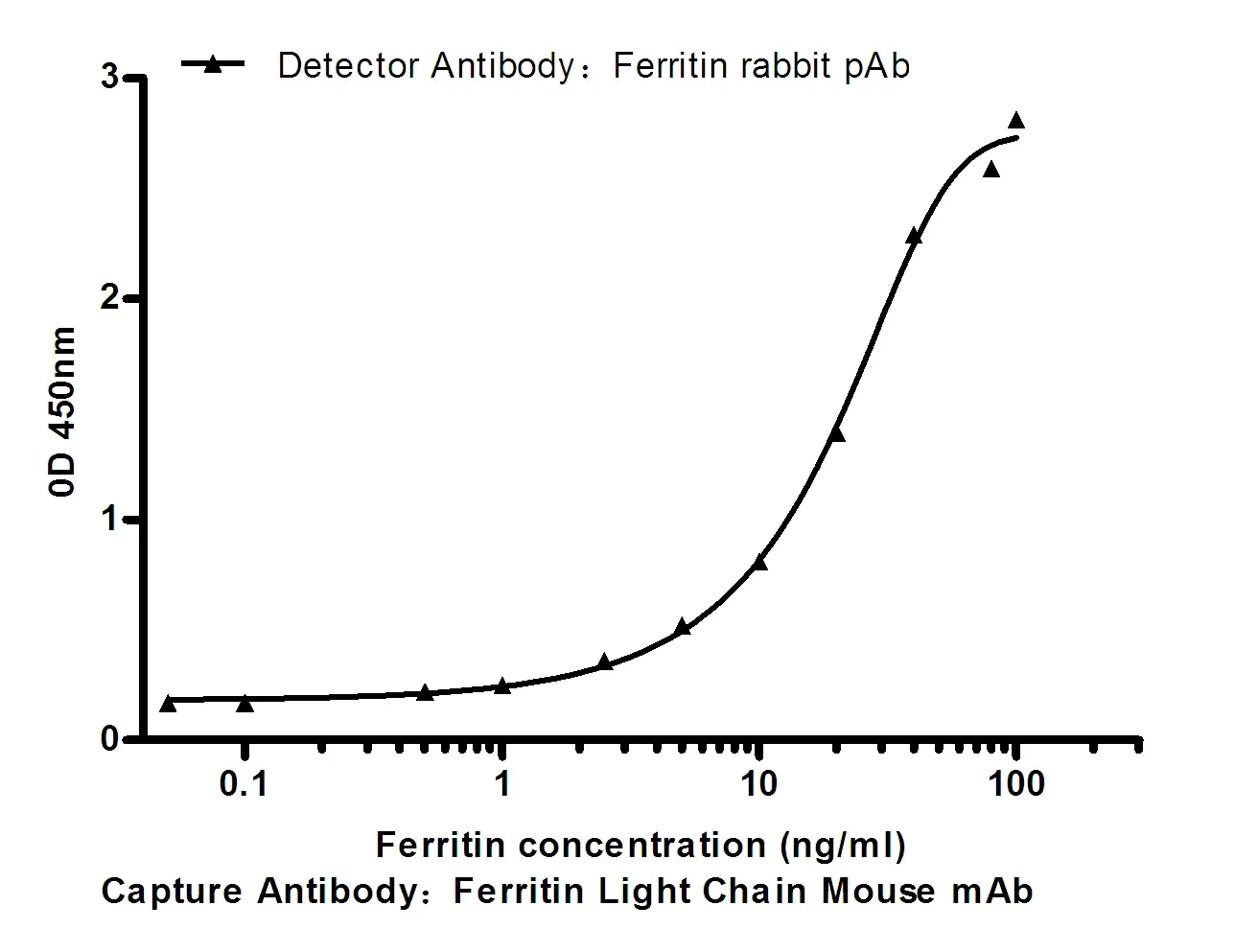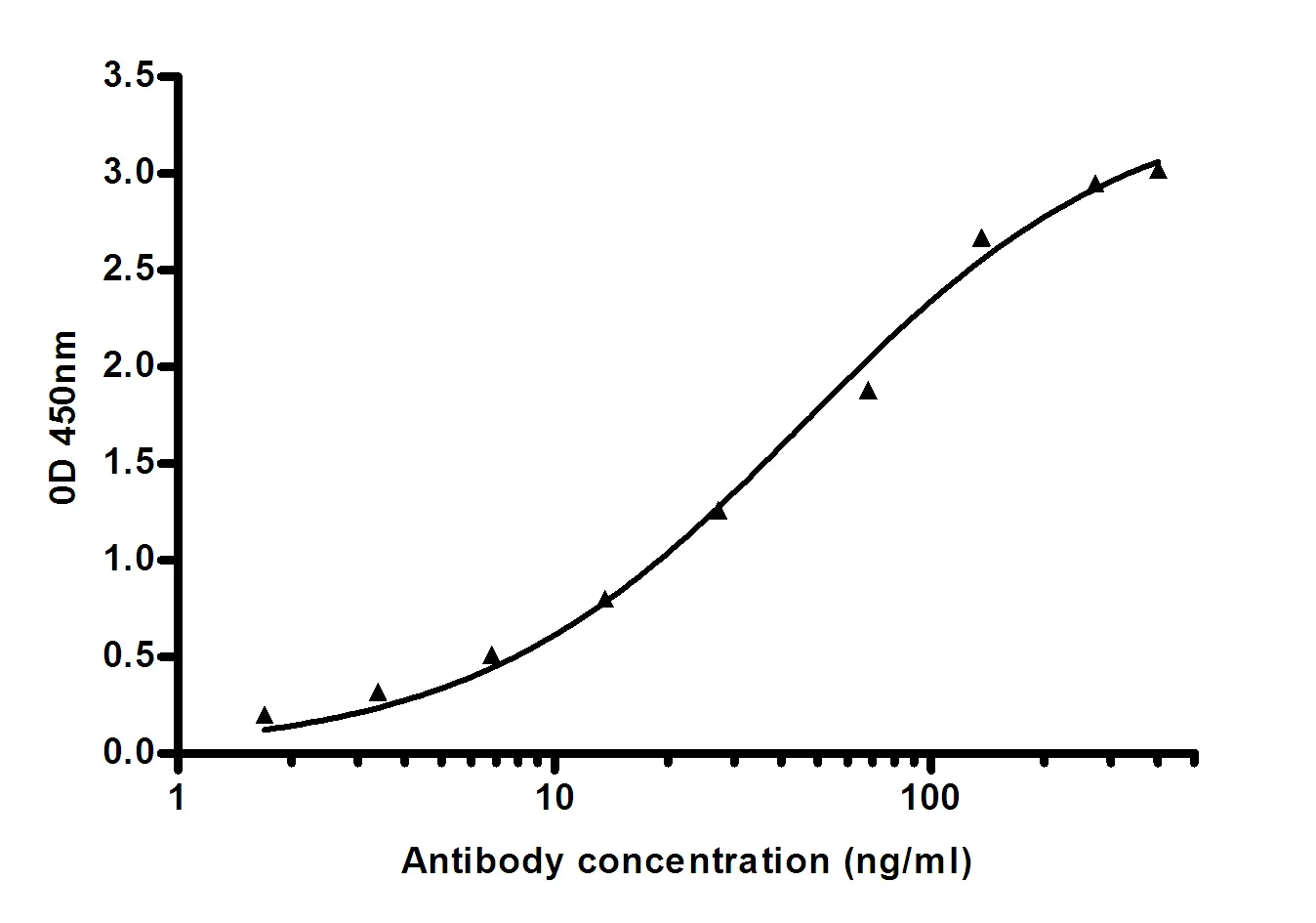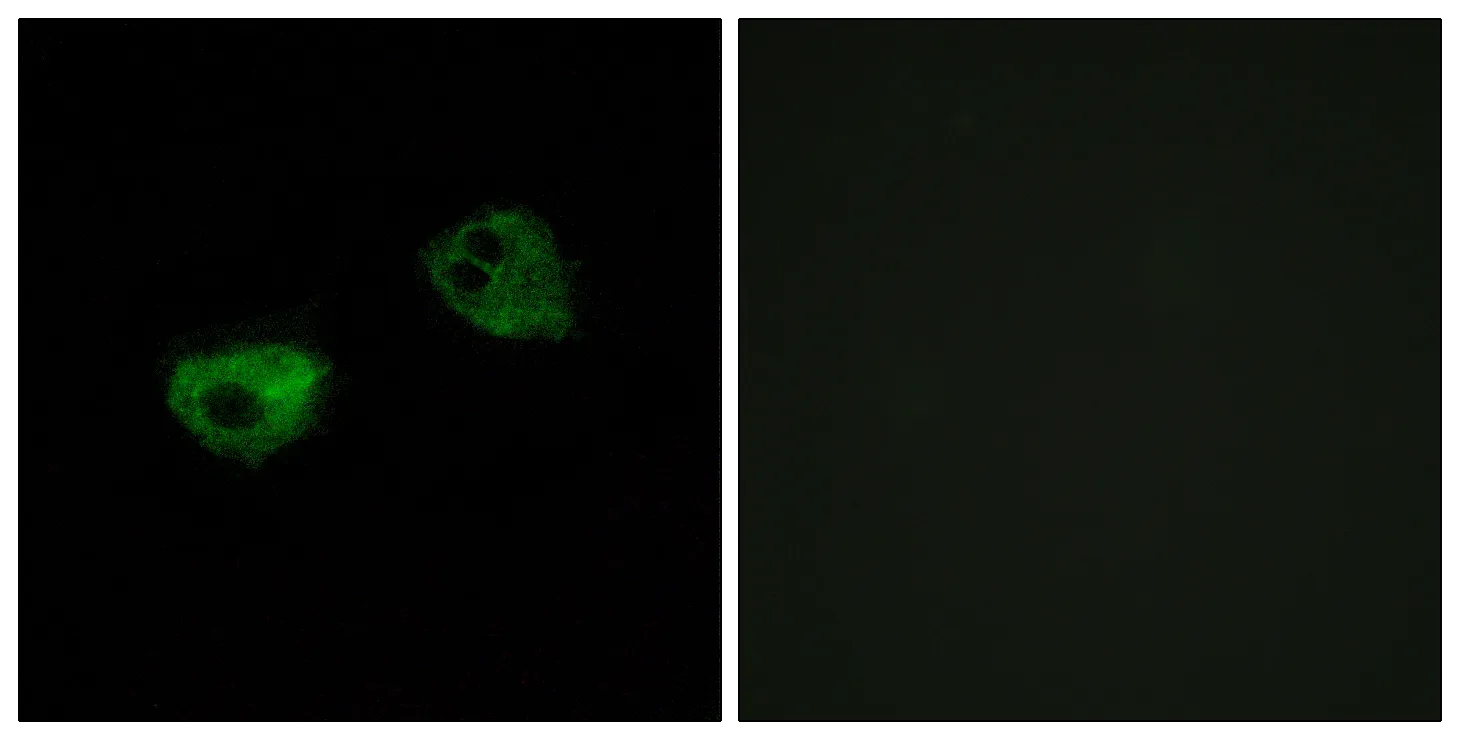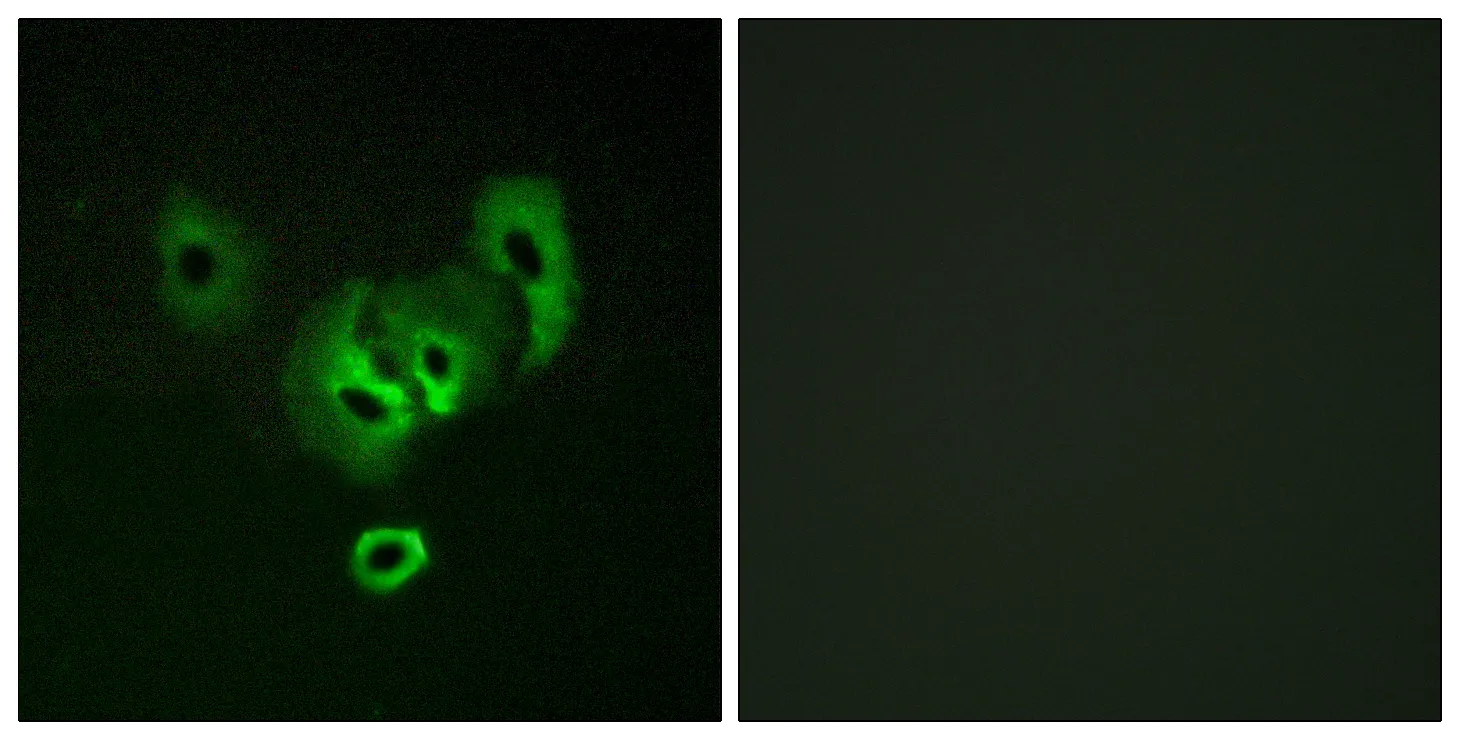Summary
Performance
Immunogen
Application
Background
This gene encodes a protein that binds to the polyA tail found at the 3' end of most eukaryotic mRNAs. It is thought to play a role in the regulation of mRNA metabolic processes in the cytoplasm. This gene is located in a gene-poor region within the X-specific 13d-sY43 subinterval of the chromosome Xq21.3/Yp11.2 homology block. It is located close to translocation breakpoints associated with premature ovarian failure, and is therefore a potential candidate gene for this disorder. [provided by RefSeq, May 2010],function:Binds the poly(A) tail of mRNA. May be involved in cytoplasmic regulatory processes of mRNA metabolism. Can probably bind to cytoplasmic RNA sequences other than poly(A) in vivo.,similarity:Contains 4 RRM (RNA recognition motif) domains.,tissue specificity:Expressed in fetal brain and in a range of adult tissues.,
Research Area




